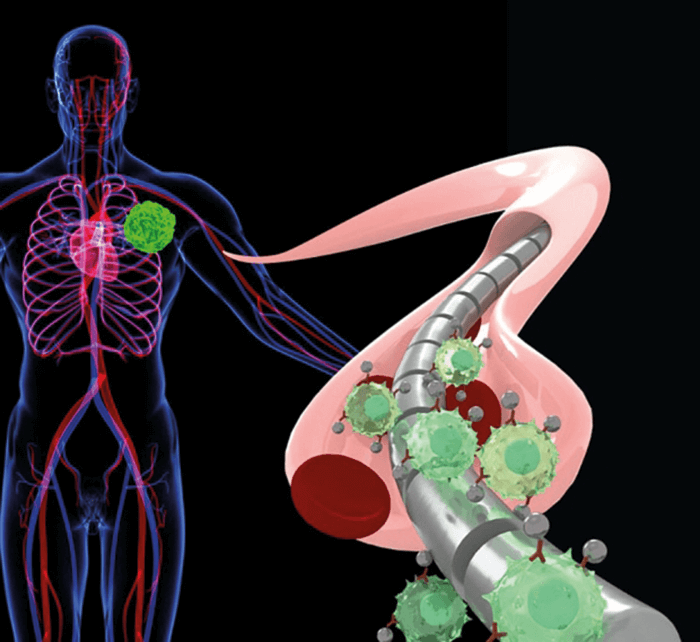Major surgery is a nerve-racking experience under the best of conditions – but it’s even more so for patients at risk of malignant hyperthermia (MH), a genetic disorder in which anesthetics can cause the muscles to go rigid and produce excessive heat – sometimes even leading to the patient’s death. Although rare, MH is challenging to diagnose because genetic tests are reliable in only about half of cases; in the other half, painful and invasive muscle biopsies are the only way to be sure. The need for a more informative, less invasive test is clear.
My lab is interested in calcium regulation and excitation-contraction coupling in skeletal muscle, which is why studying how the ryanodine receptor (RyR) regulates this process is of high interest to us. To study these aspects of skeletal muscle physiology, we use single muscle fibers, which we mechanically “skin” by peeling away the outer plasma membrane with fine forceps to access the cytoplasmic components. In the last few years, we have moved our approaches – developed in rodent muscle – to human muscle obtained from needle biopsies. After we refined our approaches, we realized we could detect the activity of the RyR in resting muscle. These calcium movements are tiny compared with those in contracting muscle. Armed with this knowledge, we began to seek subjects with MH susceptibility. We expected to be able to observe differences in calcium handling compared with control subjects (1).
The plasma membrane of skeletal muscle has regular invaginations into the fiber to support the spread of action potentials that excite the fiber for contraction-regulating calcium release. This invagination – known as the tubular system, or t-system – ensures that the electrical signal spreads quickly throughout the cell despite the fiber’s large diameter. The t-system allows us to create a unique experiment: we bathe an intact fiber in a calcium-sensitive dye, allowing it to diffuse into the t-system, then skin the fiber. This causes each of the tubules to seal off where they were connected to the surface. Because the t-system is adjacent to the RyRs, we can detect the activity of the RyRs with the high-affinity calcium pumps on the t-system membrane. How? The calcium flowing through the RyRs is pumped in to the t-system, where the pumps pick up tiny changes in the local calcium environment. The system has a small volume, giving it high sensitivity to concentration changes with only a small movement of calcium across its membrane, and it is sensitive enough to detect differences in the RyR activity of resting muscle in control and MH-susceptible RyR mutants. This approach also allowed us to describe the movements of calcium across the t-system membrane and show how this membrane adapts to the leakier RyRs of MH-susceptible muscle.
At the moment, we are trying to develop diagnostic methods for MH using skinned fibers from needle biopsies. These techniques are likely to involve the use of a calcium indicator placed in the cytoplasmic solution that bathes the skinned fiber – a simpler approach than the dye-trapping technique. We know there is a lot of work ahead to validate any new technique, but we will continue to work on the diagnostic potential of skinned fibers from needle biopsies. Additionally, we are interested in the fundamentals of how resting muscle handles calcium – which changes significantly with mutations of the calcium-handling proteins, and with lifestyle (inactivity or heavy athletic training). There is a lot to learn, with many potential applications in medicine.

References
- TR Cully et al., “Junctional membrane Ca2+ dynamics in human muscle fibers are altered by malignant hyperthermia causative RyR mutation”, Proc Natl Acad Sci USA, 115, 8215–8220 (2018). PMID: 30038012.
